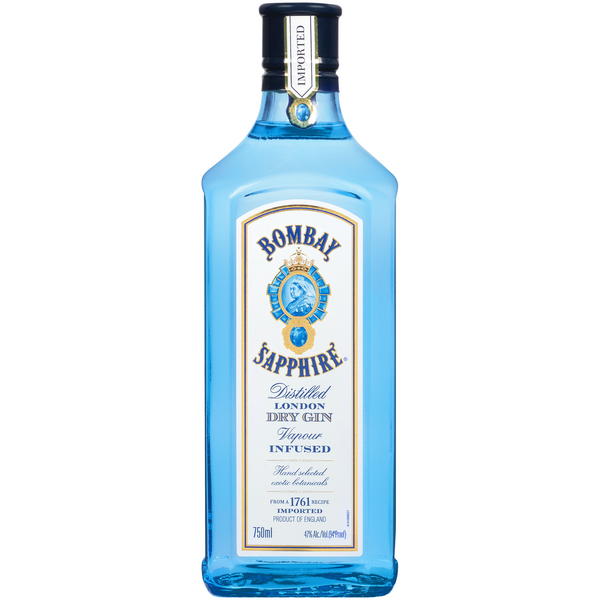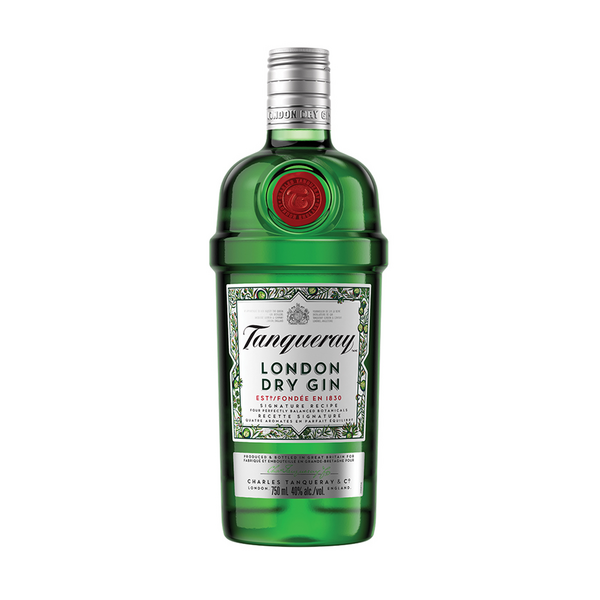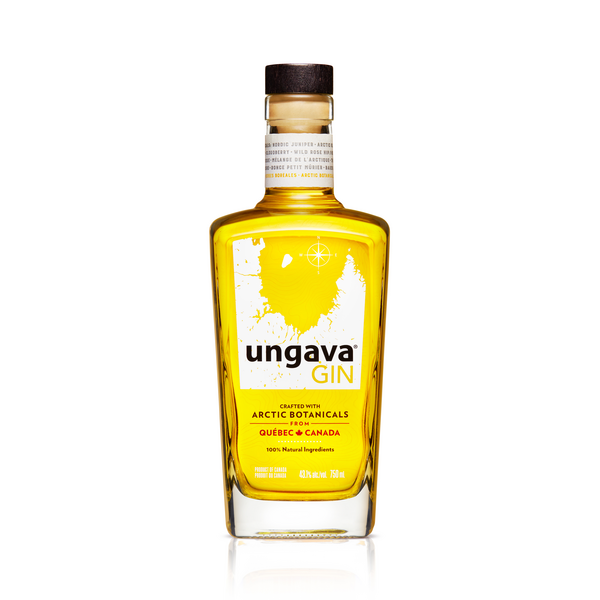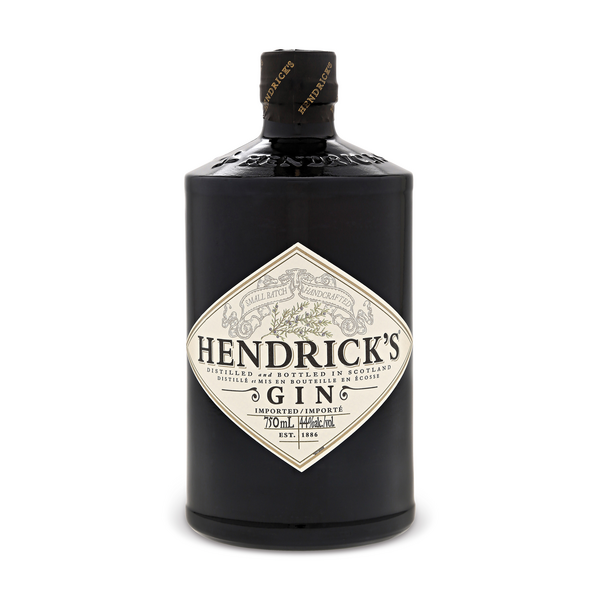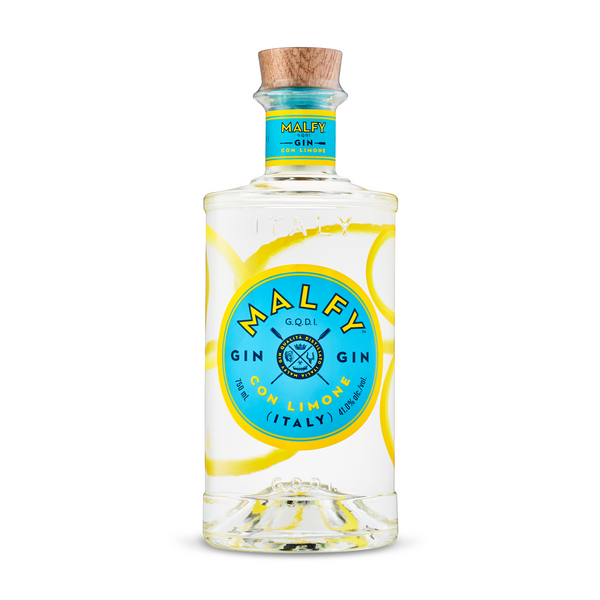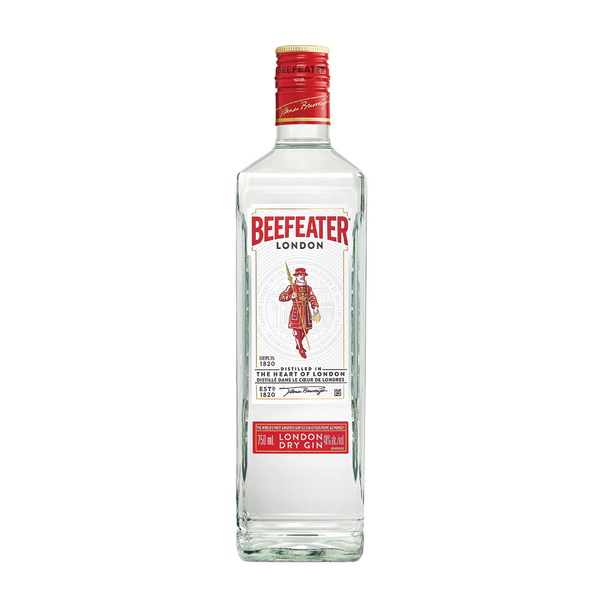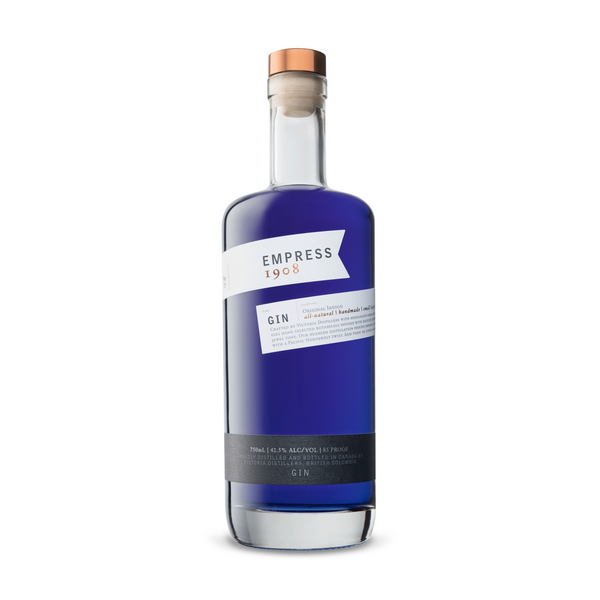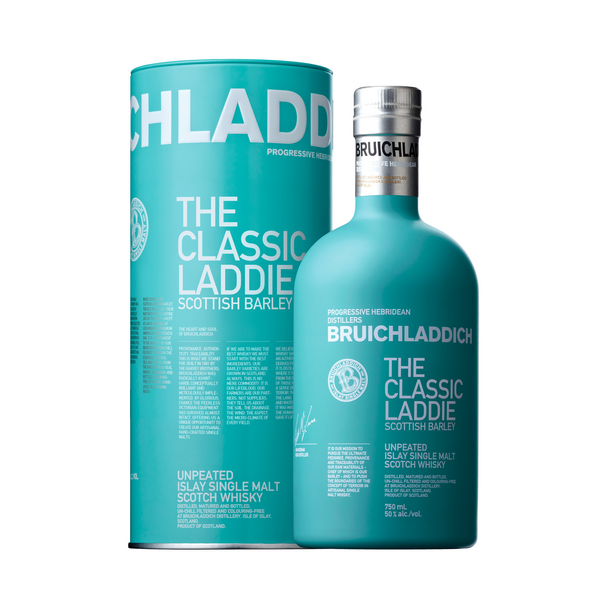-
 56.3 Million bottles delivered
56.3 Million bottles delivered
-
 30% Savings vs our competitors
30% Savings vs our competitors
-
 100% Canadian
100% Canadian
 56.3 Million bottles delivered
56.3 Million bottles delivered
 30% Savings vs our competitors
30% Savings vs our competitors
 100% Canadian
100% Canadian
- Alcohol Delivery
-
Beer
- All Beer
- Ale
- Show All
- Altbier
- Amber
- American IPA
- American Pale
- Belgian
- Belgian Strong
- Blonde
- Brown
- Cream
- Dark
- Double IPA
- Draught
- Dry
- English Bitter Ale
- English Pale Ale
- Flavoured & Spiced
- Fruit
- Golden
- Hazy DIPA
- Hazy IPA
- Honey
- Imperial IPA
- IPA
- Lagered
- Light
- New England IPA
- Other
- Pale
- Pilsner
- Red
- Red Ipa
- Saison
- Session IPA
- Sour
- Stout
- Stout & Porter
- Stout & Porter
- Strong
- Triple IPA
- West Coast IPA
- Wheat
- Wheat & Rye
- White IPA
- Cider
- Gifts and Samplers
- IPA
- Lager
- Light
- Malt
- Mixed Case
- Non-Alcoholic & Specialty
- Other
- Pale
- Porter
- Radler/Shandy
- Seltzer
- Specialty
- Specialty Beer
- Stout
- Beer Delivery Cities
-
Wine
- All Wine
- Champagne
- Fortified Wine
- Gifts and Samplers
- Icewine
- Red Wine
- Show All
- Agiorgitiko
- Agiorgitiko(St.George)
- Agiorgitiko/Cabernet Sauvignon
- Aglianico
- Alentejo
- Alicante
- Alicante Blend
- Amarone
- Aragonés Blend
- Arinto Blend
- Baco Noir
- Barbaresco
- Barbera
- Bardolino/Valpolicella
- Barolo
- Beaujolais
- Blaufränkisch
- Blend
- Blend - Cabernet
- Blend - Meritage
- Blend - Other
- Blended Table Red
- Bobal
- Bonarda
- Bordeaux
- Bordeaux Red
- Brachetto
- Brunello
- Burgundy
- Cabernet Franc
- Cabernet Franc Blend
- Cabernet Franc/Cabernet Sauvignon
- Cabernet Franc/Merlot
- Cabernet Merlot
- Cabernet Sauvignon
- Cabernet Sauvignon Blend
- Cabernet Sauvignon/Agiorgitiko
- Cabernet Sauvignon/Cabernet Franc
- Cabernet Sauvignon/Cabernet Franc/Petit Verdot
- Cabernet Sauvignon/Malbec
- Cabernet Sauvignon/Merlot
- Cabernet Sauvignon/Merlot/Cabernet Franc
- Cabernet Sauvignon/Petit Verdot
- Cabernet Sauvignon/Sangiovese
- Cabernet Sauvignon/Shiraz
- Cabernet Sauvignon/Shiraz/Merlot
- Cabernet Sauvignon/Sumoll
- Cabernet Sauvignon/Syrah
- Cabernet Sauvignon/Syrah/Carmenère
- Cabernet Shiraz Merlot
- Cabernet/Merlot
- Cannonau (Grenache)
- Carignan
- Carignan Blend
- Carignan/Grenache
- Carignan/Grenache/Syrah
- Carmenère
- Carmenère Blend
- Carmenère/Syrah
- Castelão Blend
- Catarratto
- Chardonnay Blend
- Châteauneuf-du-Pape
- Chianti
- Cinsault
- Clarete
- Corvina Blend
- Corvina/Raboso/Refosco
- Corvina/Rondinella
- Corvina/Rondinella/Molinara
- Corvina/Rondinella/Sangiovese
- DAO
- Dolcetto
- Douro
- Durif
- Feteasca Neagra
- Frappato
- Gamay
- Garnacha
- Graciano
- Grenache
- Grenache Blend
- Grenache Noir Blend
- Grenache/Carignan
- Grenache/Mourvèdre
- Grenache/Shiraz
- Grenache/Shiraz/Zinfandel
- Grenache/Syrah
- Grenache/Syrah/Carignan
- Grenache/Syrah/Mourvèdre
- Grenache/Tempranillo
- Kadarka
- Kékfrankos
- Lambrusco
- Limniona
- Limniona Blend
- Maceratino
- Madeira
- Malbec
- Malbec Blend
- Malbec/Cabernet Franc
- Malbec/Cabernet Sauvignon
- Malbec/Merlot
- Malvasia
- Maréchal Foch
- Mavrodaphne
- Mavrotragano
- Mencia
- Meritage
- Merlot
- Merlot Blend
- Merlot/Cabernet Franc
- Merlot/Cabernet Sauvignon
- Merlot/Cabernet Sauvignon/Cabernet Franc
- Merlot/Malbec
- Merlot/Sangiovese
- Monastrell (Mourvèdre)
- Monastrell (Mourvèdre) Blend
- Montepulciano
- Montepulciano/Sangiovese
- Mourvèdre
- Mourvèdre Blend
- Mourvèdre/Syrah/Grenache Noir
- Muscadet
- Muscatini
- Named Varietal Blends-Red
- Nebbiolo
- Nebbiolo Blend
- Nebbiolo/Barbera
- Negrette
- Negro Amaro
- Negroamaro
- Nerello Mascalese
- Nerello Mascalese Blend
- Nero D'Avola/Syrah
- Nero d'Avola
- Nero d'Avola Blend
- Nero di Troia
- Organic
- Other
- Other Red Varietal (Single)
- País
- Passerina
- Perricone
- Petit Verdot
- Petit Verdot/Cabernet Sauvignon
- Petite Sirah
- Petite Sirah Blend
- Piedirosso/Aglianico
- Pinot Noir
- Pinot Noir Blend
- Pinot Noir/Gamay
- Pinotage
- Plavac Mali
- Primitivo
- Primitivo Blend
- Primitivo/Negroamaro
- Pugnitello Blend
- Red - Full Bodied
- Red - Light Fruity
- Red - Medium Bodied
- Red - Sweet
- Red Blend
- Red Table Wines (Unnamed Blends)
- Refosco
- Refosco dal Peduncolo Rosso
- Regional Blended Red
- Rhône
- Rioja
- Ripasso
- Rubicon IGP
- Sagrantino
- Sangiovese
- Sangiovese Blend
- Sangiovese/Cabernet Sauvignon
- Sangiovese/Cabernet Sauvignon/Merlot
- Sangiovese/Canaiolo
- Sangiovese/Merlot
- Saperavi
- Schwarzriesling
- Sciaccarello
- Shiraz Blend
- Shiraz/Cabernet
- Shiraz/Cabernet Sauvignon
- Shiraz/Grenache
- Shiraz/Grenache/Mourvèdre
- Shiraz/Malbec
- Shiraz/Merlot/Cabernet
- Shiraz/Syrah
- Shiraz/Viognier
- Sparkling
- Syrah Blend
- Syrah/Carignan
- Syrah/Grenache
- Syrah/Malbec
- Syrah/Mourvèdre
- Syrah/Mourvèdre/Grenache
- Syrah/Mouvèdre/Grenache
- Syrah/Shiraz
- Syrah/Viognier
- Syrah/Xinomavro
- Tannat Blend
- Tannat/Cabernet Franc
- Tannat/Cabernet Franc/Cabernet Sauvignon
- Tempranillo
- Tempranillo Blend
- Tempranillo/Cabernet Sauvignon
- Tempranillo/Graciano
- Tempranillo/Grenache
- Tinta de Toro
- Tinta Fina
- Touriga Franca Blend
- Touriga Nacional
- Touriga Nacional Blend
- Touriga Nacional/Tinta Roriz
- Traminer
- Trousseau
- Valpolicella
- Vin Santo
- Vranac
- Xarel-lo
- Xinomavro
- Zinfandel
- Zinfandel Blend
- Zinfandel/Petite Sirah
- Zweigelt
- Rosé Wine
- Show All
- Blend
- Blended Table Rose
- Cabernet Franc
- Cabernet Franc Blend
- Cabernet Sauvignon/Shiraz/Merlot
- Cabernet/Merlot
- Commandaria
- Garnacha
- Grenache
- Grenache Blend
- Grenache/Shiraz
- Grenache/Syrah
- Kotsifali/Mandilari
- Moscato
- Negrette Blend
- Other
- Pinot Blanc
- Pinot Grigio
- Pinot Gris Blend
- Pinot Noir
- Pinot Noir Blend
- Rosato
- Rosé
- Rosé - Dry
- Rosé - Sweet
- Viura (Macabeo)
- Xinomavro
- Sake & Rice Wine
- Sparkling Wine
- Specialty Wine
- White Wine
- Show All
- Albana
- Albarossa
- Aligoté
- Alvarinho
- Alvarinho Blend
- Alvarinho/Albariño
- Antão Vaz Blend
- Arinto Blend
- Arneis
- Assyrtiko
- Assyrtiko/Athiri
- Athiri
- Athiri/Malagousia/Muscat
- Avesso
- Blend
- Blend - Other
- Blend - Semillon/Sauvignon Blanc
- Blended Table White
- Bordeaux
- Burgundy
- Carricante/Catarratto
- Chardonnay
- Chardonnay Blend
- Chardonnay Musqué
- Chardonnay/Sauvignon Blanc
- Chardonnay/Sémillon
- Chardonnay/Viognier
- Chenin Blanc
- Chenin Blanc Blend
- Clairette Blend
- Cortese
- Encruzado
- Falanghina
- Flavoured Wine
- Friulano
- Fruit Wine
- Fume Blanc
- Furmint
- Garganega
- Garganega Blend
- Garganega/Chardonnay
- Garganega/Trebbiano
- Garnacha
- Gewürztraminer
- Gewürztraminer/Riesling
- Godello
- Grasevina
- Grüner Veltliner
- Grenache Blanc
- Grenache Blanc Blend
- Grillo
- Gros Manseng
- Hárslevelu
- Loire
- Loureiro
- Malagousia
- Malvasia
- Marsanne
- Marsanne Blend
- Marsanne/Roussane
- Melon de Bourgogne
- Moscatel
- Moscato
- Moschofilero
- Mtsvane
- Muscat
- Named Varietal Blends-White
- Other
- Other White Varietals (Single)
- Pecorino
- Picpoul Blanc
- Pinot Bianco
- Pinot Blanc
- Pinot Grigio
- Pinot Gris
- Pinot Gris Blend
- Pinot Gris/Pinot Grigio/Rulander
- Regional Blended White
- Retsina
- Rhône
- Ribolla Gialla
- Riesling
- Riesling Auslese
- Riesling Beerenauslese
- Riesling Blend
- Riesling Kabinett
- Riesling Spätlese
- Rkatsiteli
- Rkatsiteli/Mtsvane
- Roter Veltliner
- Roupeiro blend
- Roussanne Blend
- Roussanne/Grenache
- Sangiovese Blend
- Santenay
- Sauternes
- Sauvignon Blanc
- Sauvignon Blanc Blend
- Sauvignon Blanc/Chardonnay
- Sauvignon Blanc/Sémillon
- Savagnin
- Savatiano
- Sémillon
- Sémillon Blend
- Sémillon/Sauvignon Blanc
- Sémillon/Sauvignon Blanc/Muscadelle
- Scheurebe
- Semillon/Riesling
- Soave
- Tamaioasa Romaneasca
- Tokaj
- Torrontes
- Traminer
- Trebbiano
- Tsipouro
- Verdejo
- Verdejo Blend
- Verdelho
- Verdicchio
- Vermentino
- Vernaccia
- Vidal
- Vidal Blend
- Vinho Verde
- Viognier
- Viognier Blend
- Viognier/Marsanne
- Viura (Macabeo)
- Viura Blend
- White - Fruity
- White - Full Bodied
- White - Light Dry
- White - Sweet
- White Blend
- White Table Wines (Unnamed Blends)
- Xarel-lo
- Xinomavro
- Xinomavro Blend
- Xynisteri
- Wine Delivery Cities
- Liquor
- Staff Picks
- Gift Ideas
- Promotions
- Become a Driver
International Gin & Tonic Day
Occasions
April
May
May the 4th Star Wars Day
Orange Juice Day
Cinco de Mayo
National Beverage Day
Beer Pong Day
International Sauvignon Blanc Day
National Cosmo Day
National Have a Coke Day
National Moscato Day
Mother's Day
World Cocktail Day
National Mimosa Day
Pinot Grigio Day
World Whisky Day
World Paloma Day
Chardonnay Day
National Wine Day
National Mint Julep Day
June
National Moonshine Day
World Cider Day
National Cognac Day
National Bubbly Day
World Gin Day
National Rosé Day
National Bourbon Day
National Old Fashioned Day
Father's Day
International Drink Chenin Blanc Day
National Martini Day
First day of Summer
World Lambrusco Day
National Limoncello Day
International Rosé Day
PIneapple Day
July
Canada Day
Anisette Day
Independence Day
National Piña Colada Day
National Mojito Day
National Michelada Day
National Grand Marnier Day
National Daiquiri Day
National Tequila Day
National Wine and Cheese Day
National Scotch Day
National Shiraz Day
August
IPA Beer Day
International Albariño Day
Caribbean Carnival Weekend 2023
National White Wine Day
Civic Holiday
National Mead Day
International Beer Day
National Prosecco Day
National Rum Day
Pinot Noir Day
International Whisky Sour Day
National Red Wine Day
National Mai Tai Day
International Cabernet Day
September
National Chianti Day
National Beer Lovers Day
National Sour Beer Day
International Box Wine Day
National Creme de Menthe Day
International Grenache Day
National Rum Punch Day
Oktoberfest
National Horchata Day
National Drink Beer Day
Hot Mulled Cider Day
October
National Vodka Day
Canadian Beer Day
International Pinotage Day
Thanksgiving
National Liqueur Day
International Gin & Tonic Day
National Mezcal Day
Carignan Day
National American Beer Day
Global Champagne Day
Halloween
November
International Stout Day
International Merlot Day
National Shot Day
National Harvey Wallbanger Day
International Tempranillo Day
Zinfandel Day
International Happy Gose Day
National Apple Cider Day
Beaujolais Nouveau Day
DrinksGiving
December
Cabernet Franc Day
National Repeal Day
National Bartender Day
National Lager Day
National Screwdriver Day
International Tea Day
National Sangria Day
National Coquito Day
National Eggnog Day
January
February
March
Gin and tonic is a classic cocktail that has been enjoyed for centuries. It's known for its refreshing and slightly bitter taste, making it a popular choice among cocktail enthusiasts.
Gin is the primary alcoholic component of this cocktail. It's a distilled spirit made from juniper berries and various botanicals, which give it its characteristic flavour. Different gin brands may have varying botanical profiles, resulting in unique flavours.
Tonic water is a carbonated beverage that adds fizz and a slightly bitter taste to the cocktail. Traditional tonic water contains quinine, which was originally used as a treatment for malaria. Modern tonic water often contains less quinine and is sweetened to balance the bitterness.
Ice is typically used to chill the cocktail and dilute it slightly, mellowing the flavors.
Garnishes:
A slice of lime or lemon is a common garnish for gin and tonic. It adds a citrusy aroma and can be squeezed into the drink to enhance its flavor. Some variations of gin and tonic are garnished with botanicals like juniper berries, rosemary, or thyme to complement the gin's botanical flavors.
The gin and tonic has historical roots in the British colonial era when quinine, a key ingredient in tonic water, was used to prevent and treat malaria. In the past, tonic water contained a much higher concentration of quinine than it does today. This made it quite bitter, leading to the addition of gin and other flavorings to make it more enjoyable. To make quinine more tasty, it was mixed with gin and other ingredients, giving rise to the gin and tonic cocktail. The cocktail was seen as both a refreshing beverage and a preventive measure against the disease. British officers in India often received a daily ration of gin and tonic to protect against malaria. This led to the widespread association of gin and tonic with the British colonial presence.
Gin and tonic is a versatile cocktail, and you can experiment with various gins and tonic waters to create different flavor profiles. There is an incredible variety of gins available today, each with its own unique blend of botanicals. This means that the flavor of a gin and tonic can vary widely depending on the brand and type of gin used. Some popular variations include flavored gins (e.g., fruit-infused gins) and flavored tonic waters (e.g., elderflower tonic). Sloe gin and tonic is another variant, using sloe gin, which is made from sloe berries and has a sweeter, fruitier taste.
In recent years, there has been a surge in craft tonic waters that offer a wider range of flavors, including elderflower, grapefruit, and more. These options allow for even more customization when making a gin and tonic.
While lime or lemon wedges are the most common garnishes for gin and tonic, some enthusiasts like to experiment with additional botanicals, such as juniper berries, rosemary, or cucumber, to enhance the drink's flavor and aroma.
Gin and tonic remains a popular cocktail worldwide and is often enjoyed as a refreshing drink, especially in warm weather. It's often considered a classic and timeless drink.

